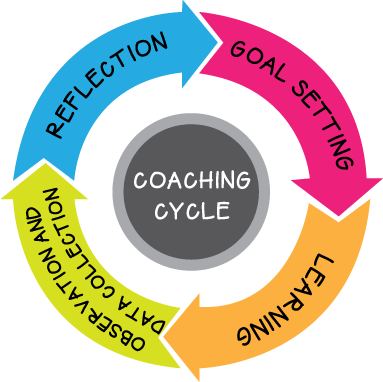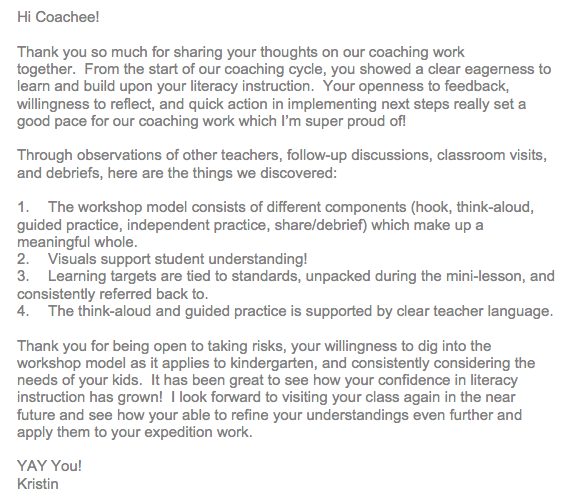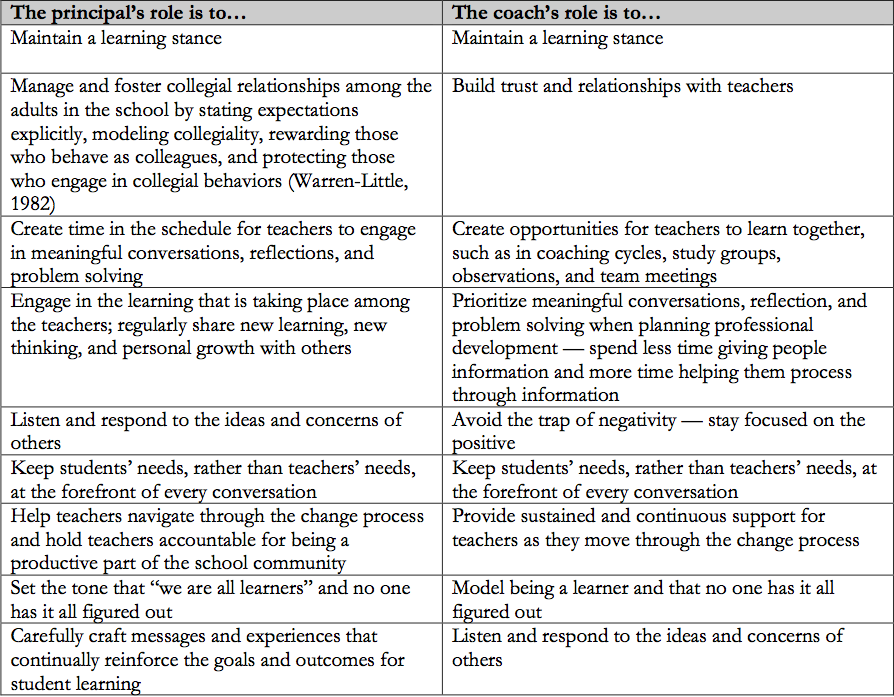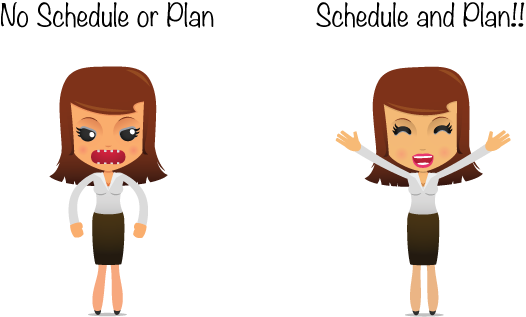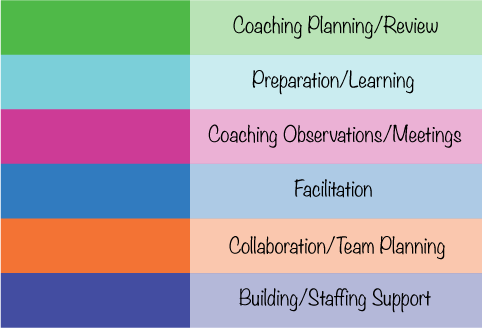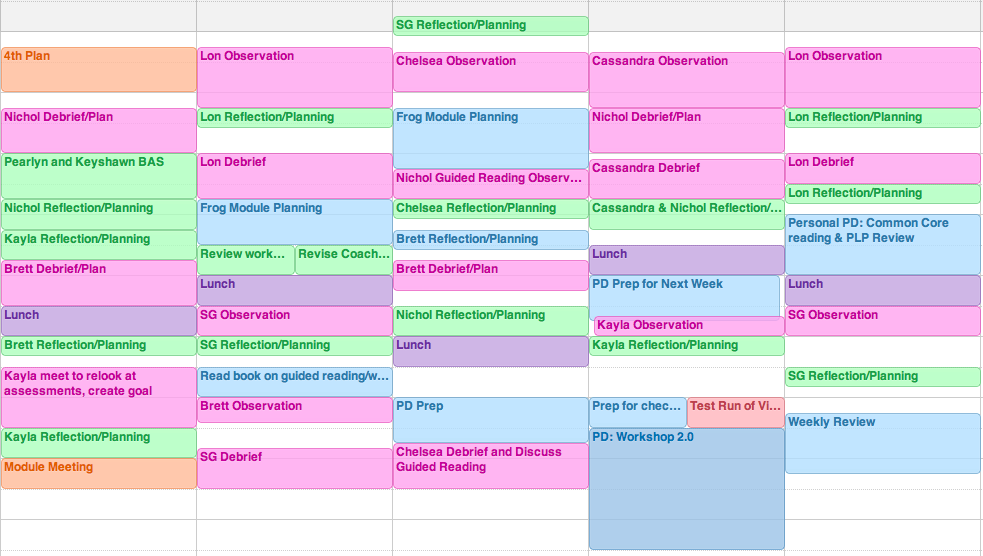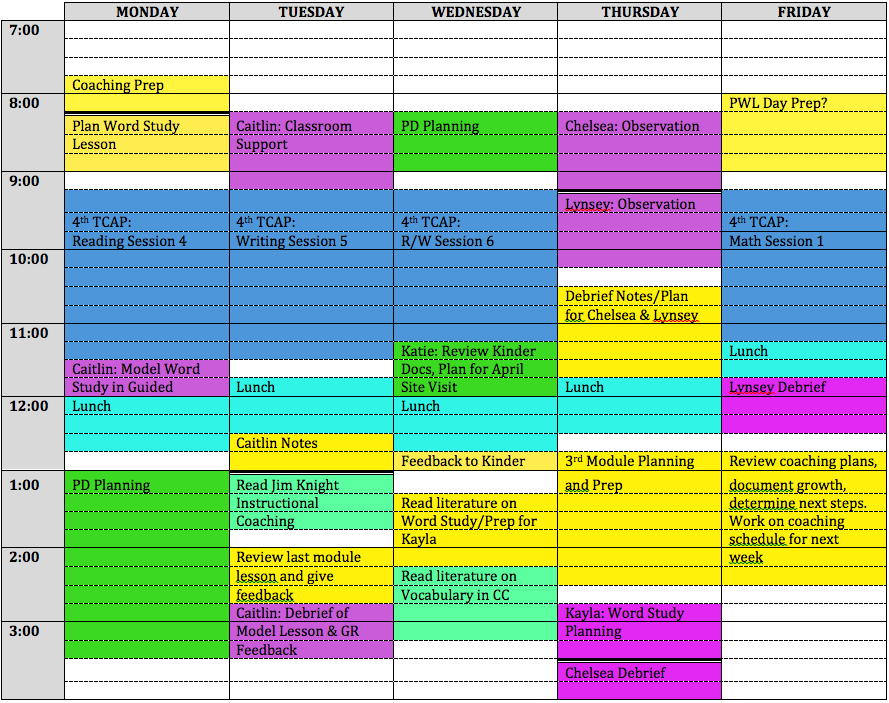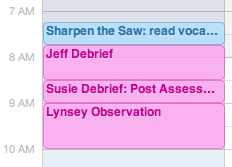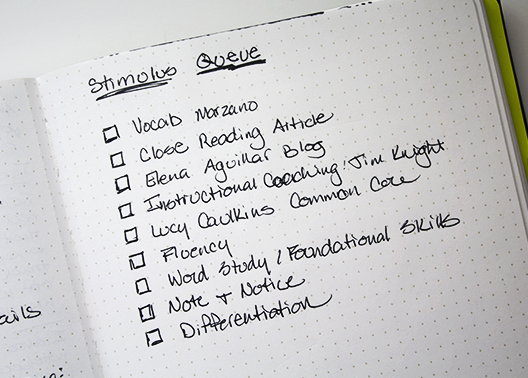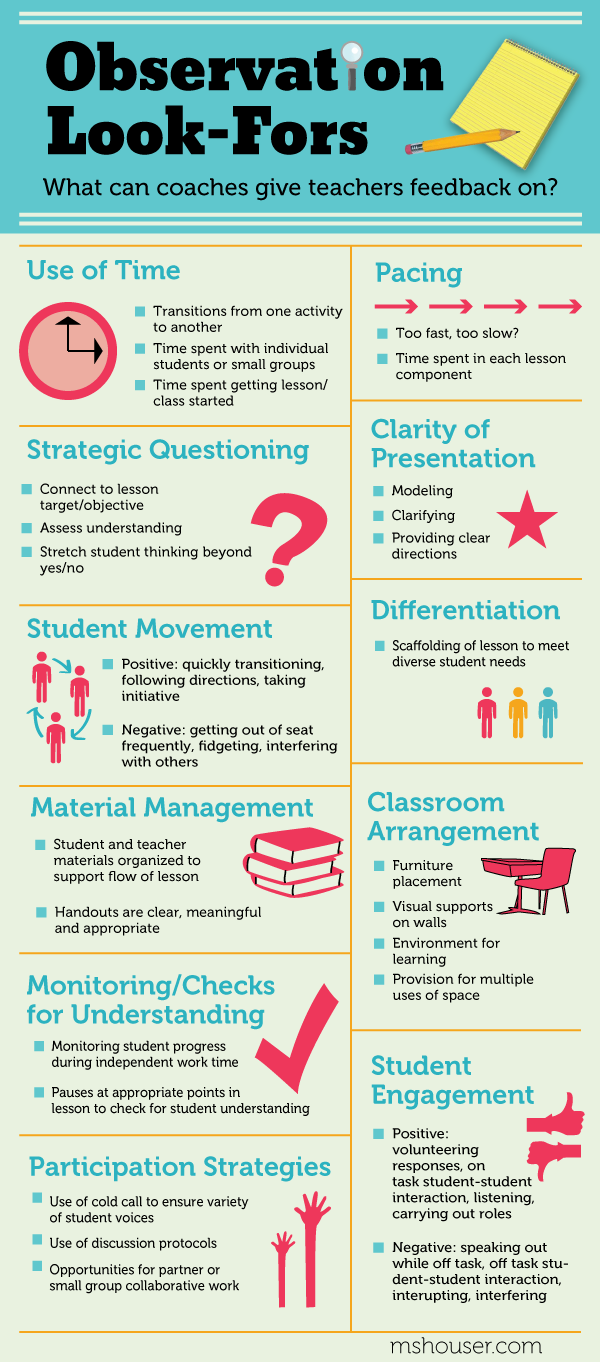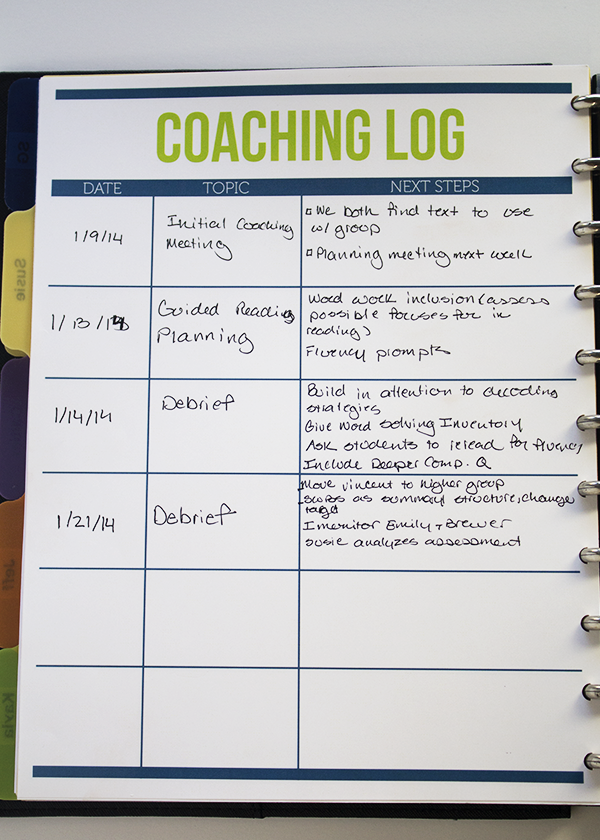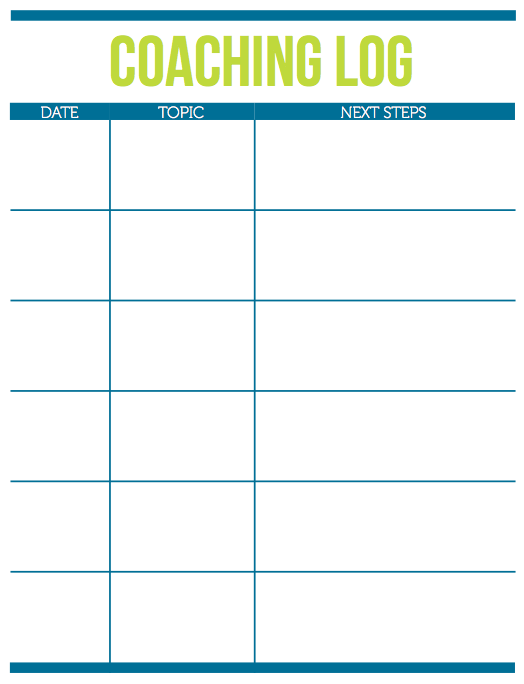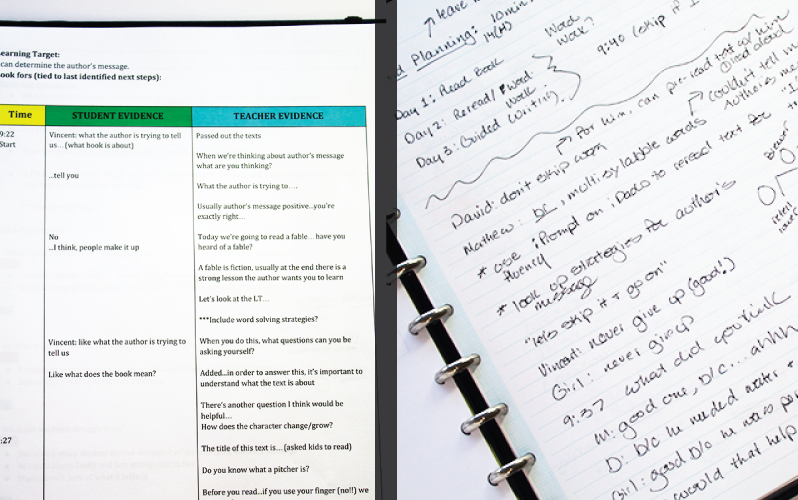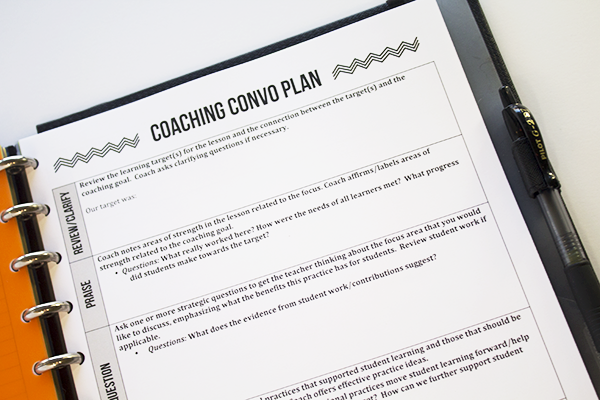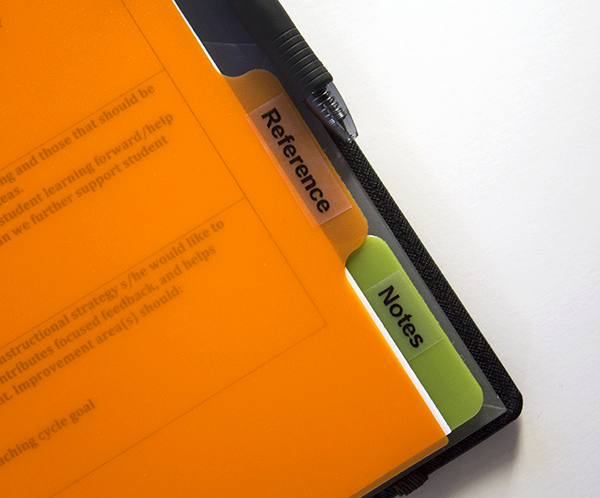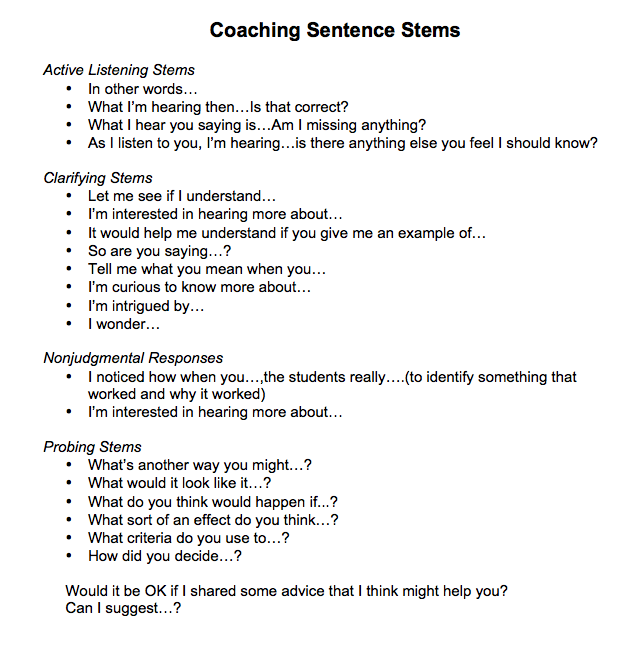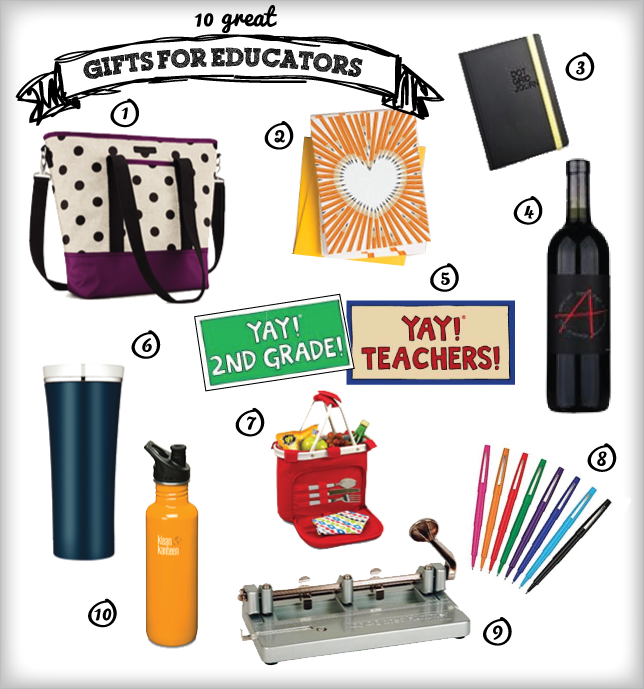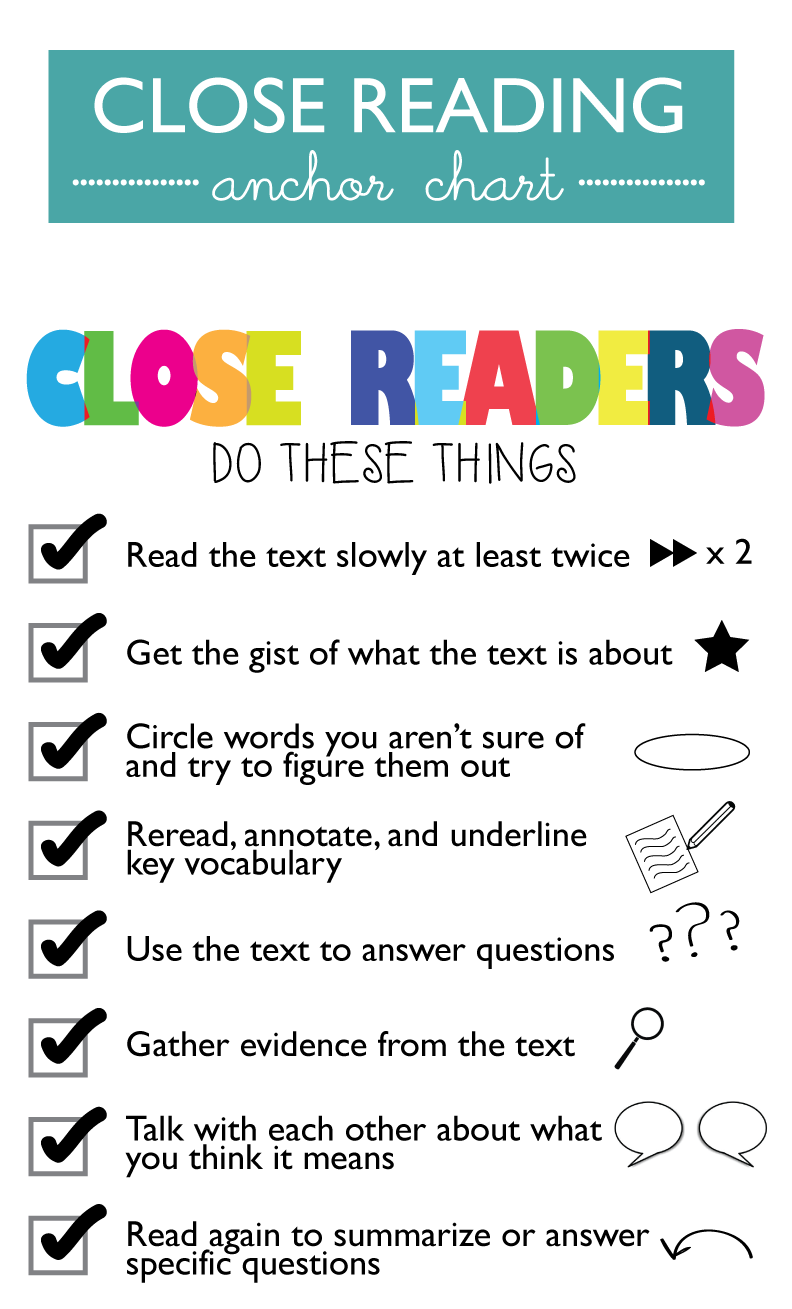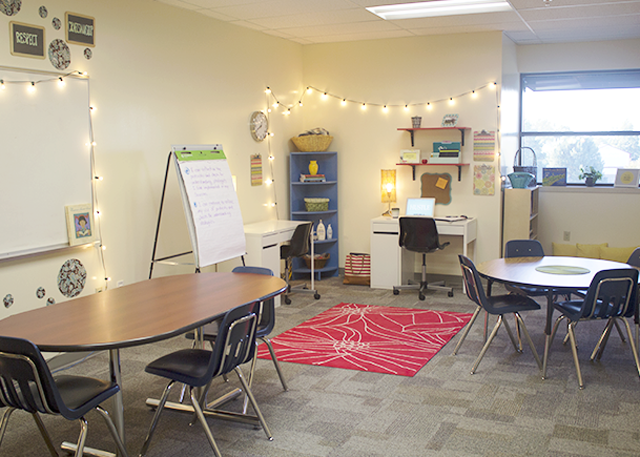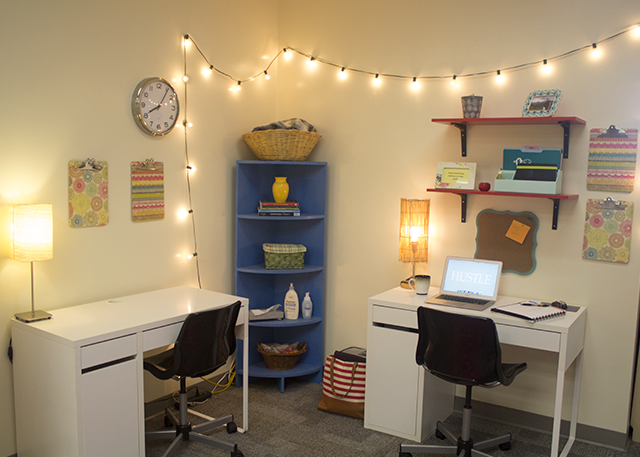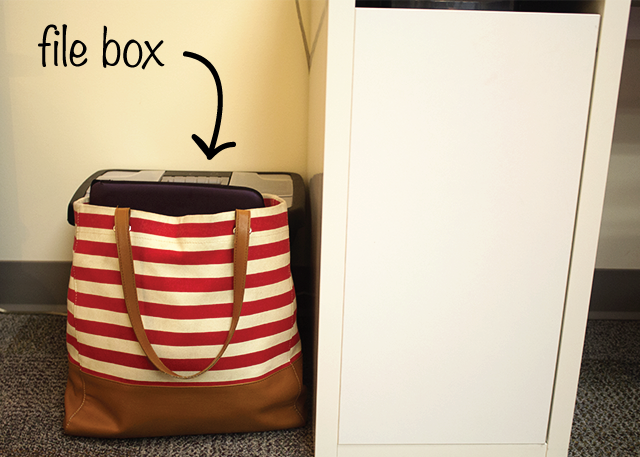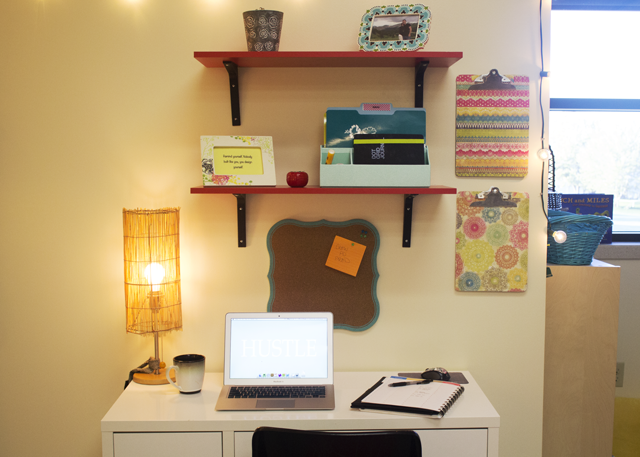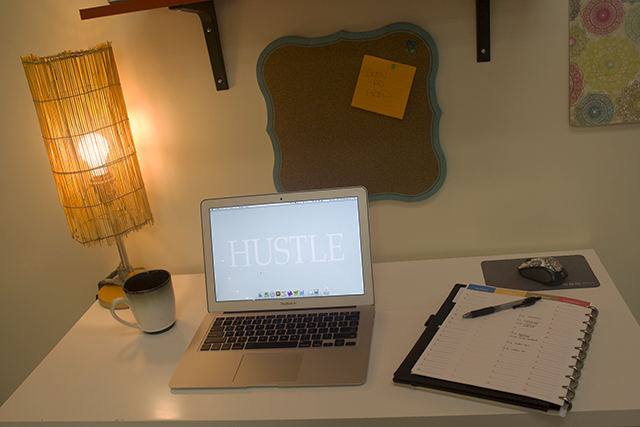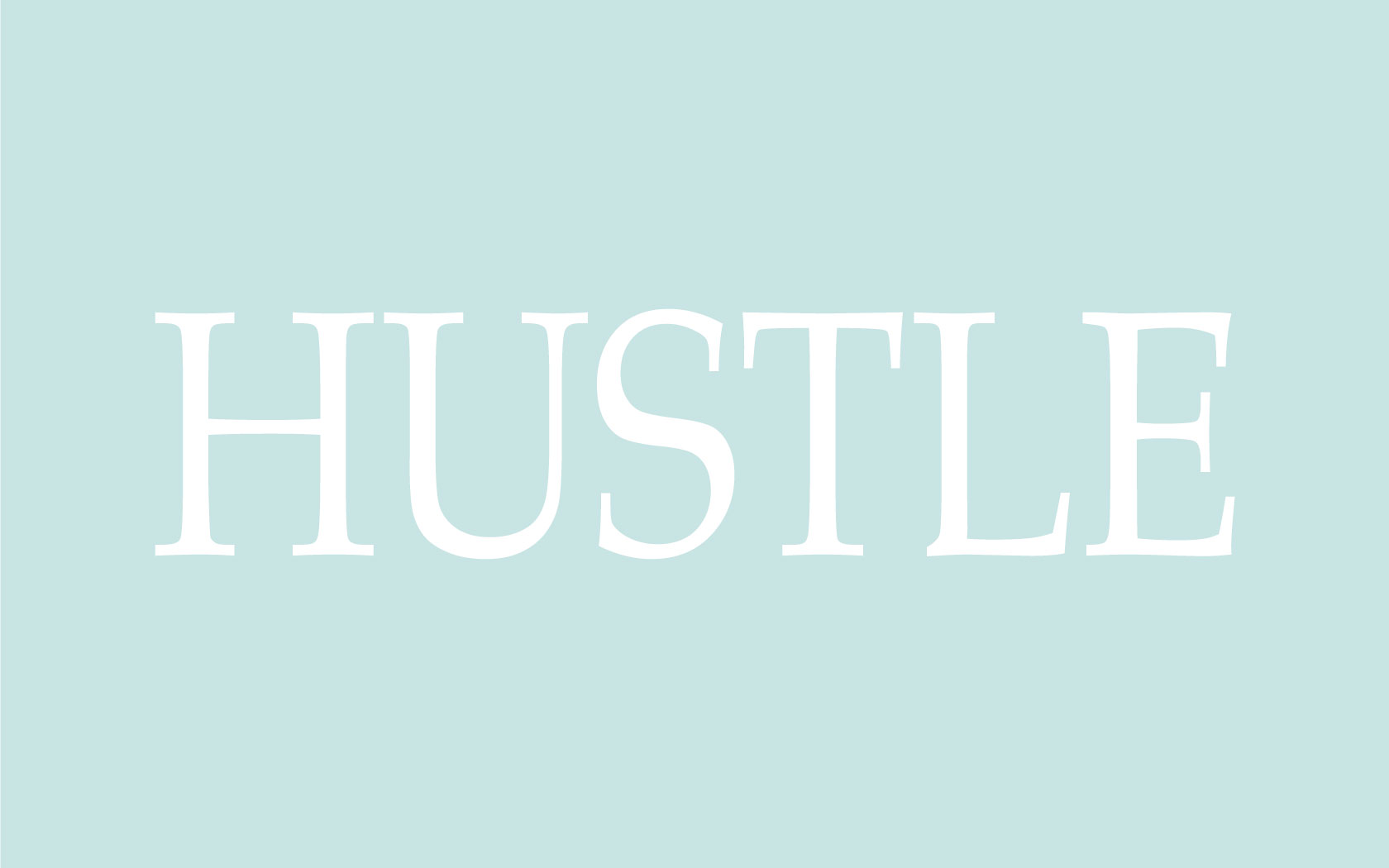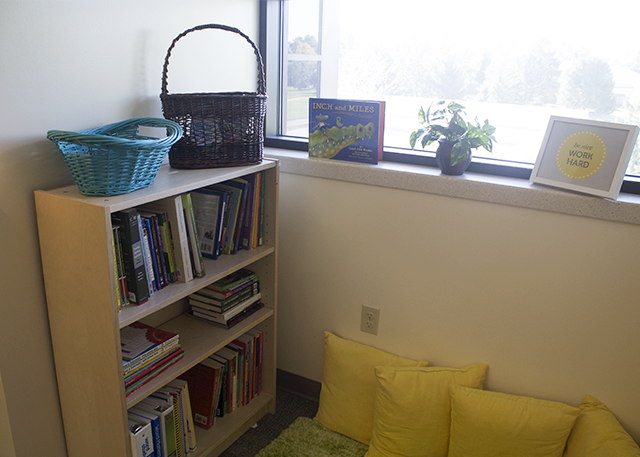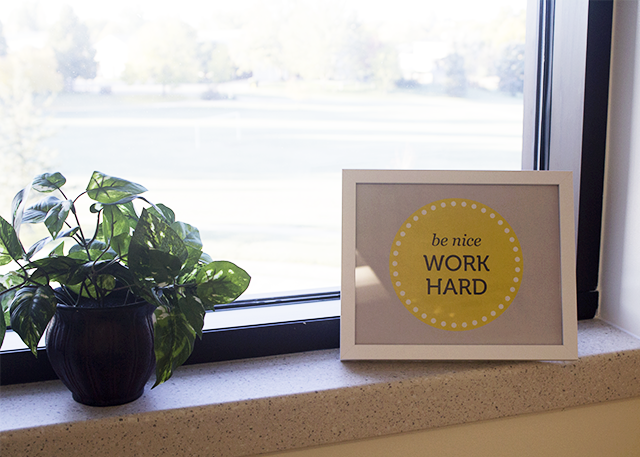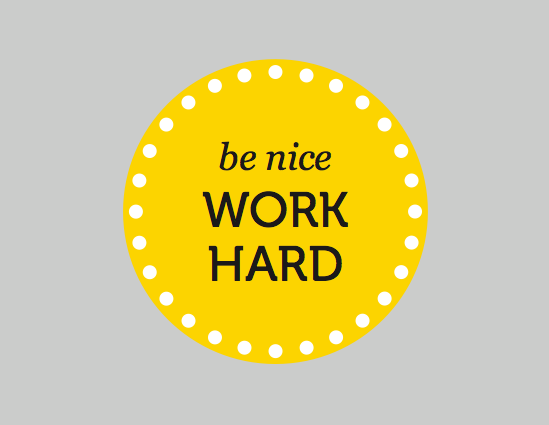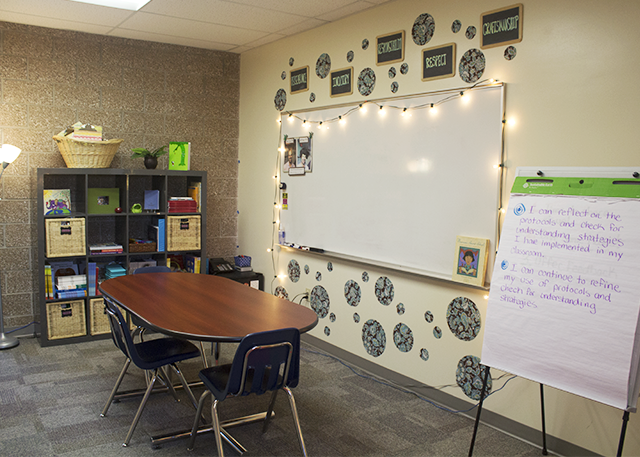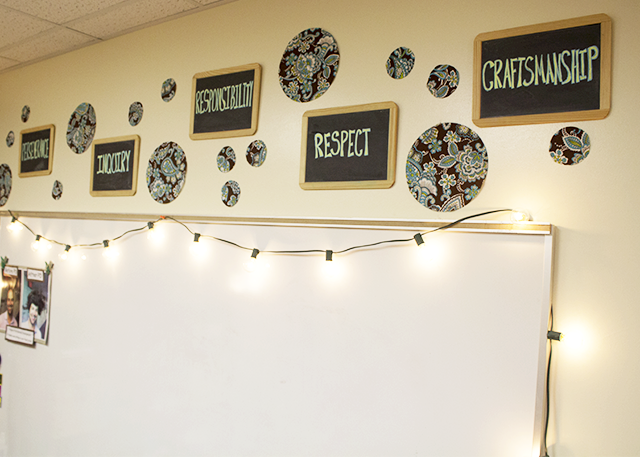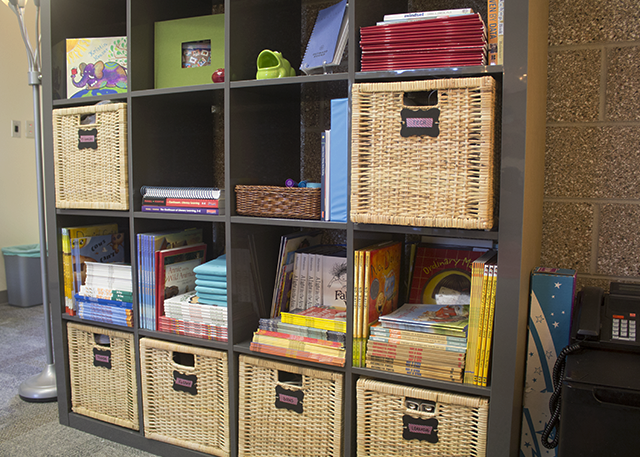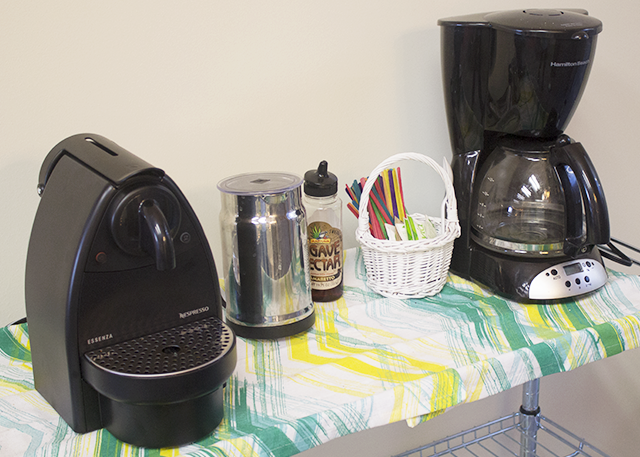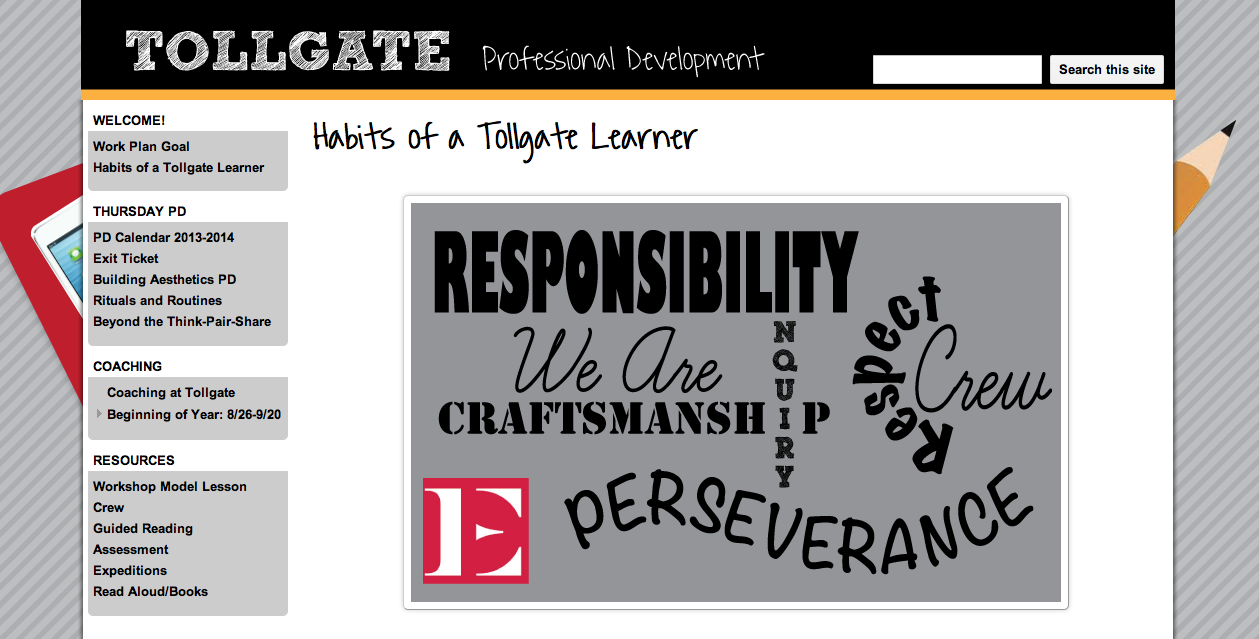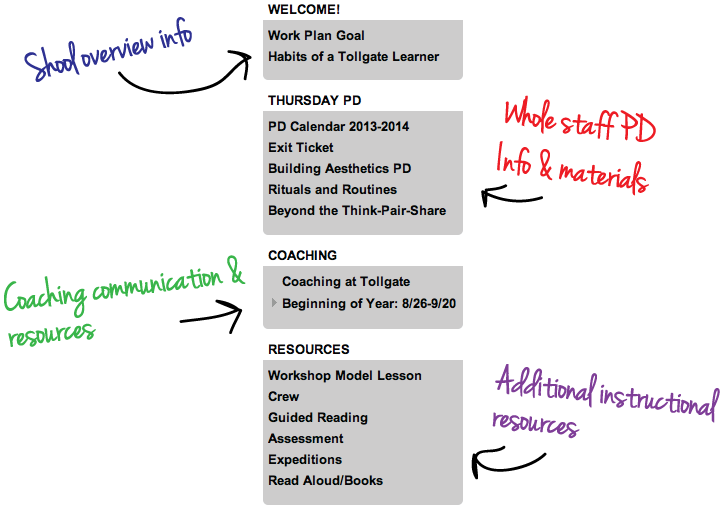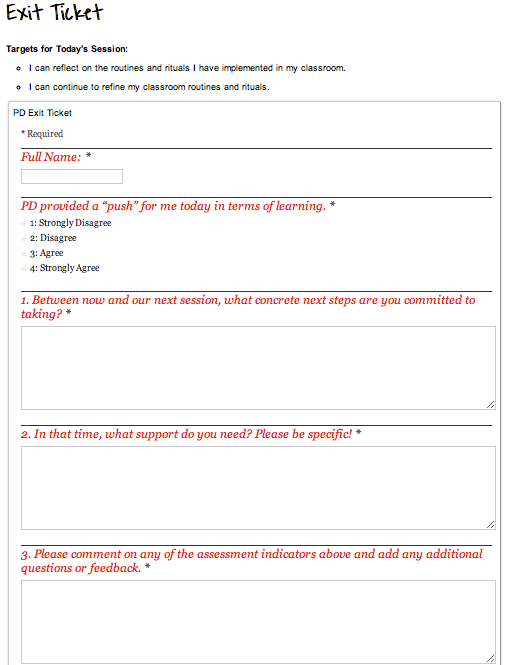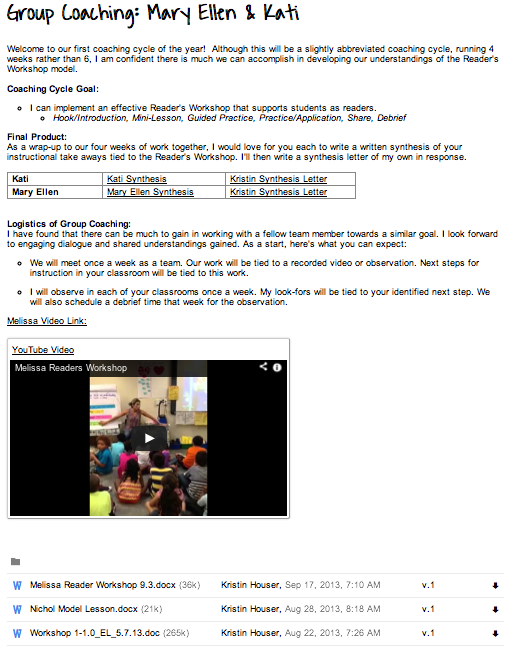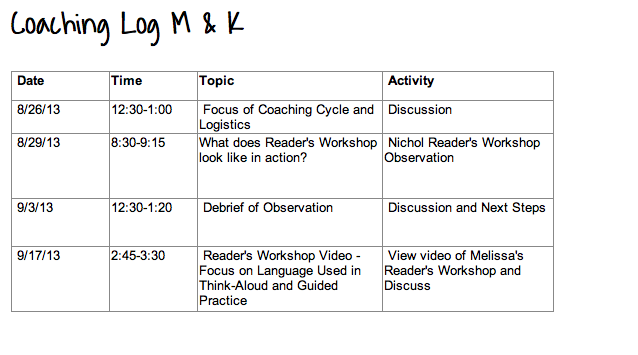How to Wrap-Up a Coaching Cycle
Instructional Coaching, OrganizationThis week I’ll be wrapping up my last round of coaching cycles for the year. Our coaching cycles typically begin with goal setting, then enter into learning, observation and data collection, and finally reflection.
For this final step in the coaching cycle, I turn to the “reflection” section of my Coaching Reflection Tool. This supports me in reflecting on the work done and resulting progress made.
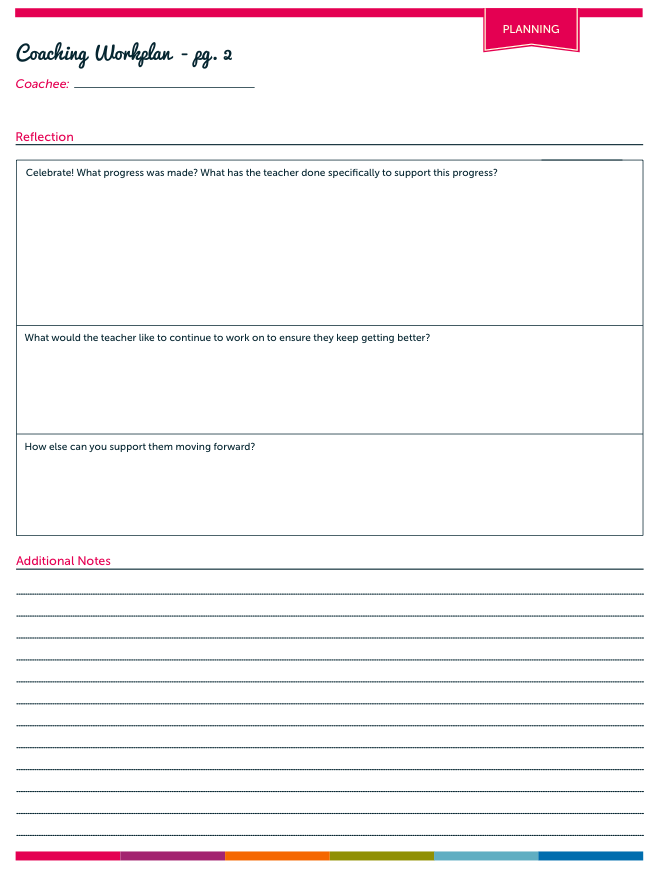
I’ll grab my coaching notebook at this point and flip back through past observation notes, debrief notes, and any assessment data collected. The questions shown in the results section above help guide my reflection as I look back over our work. I’ll write out some thoughts in response to these questions, first in my notebook {paper helps me think} before typing my notes into our Goal Setting Tool.
 Next, I’ll schedule a final coaching session with the teacher to review our work, assessment data, and reflect on our progress along with any next steps. I’ll add our collective thoughts and insights to our Goal Setting Tool.
Next, I’ll schedule a final coaching session with the teacher to review our work, assessment data, and reflect on our progress along with any next steps. I’ll add our collective thoughts and insights to our Goal Setting Tool.
Lastly, I’ll email the Goal Setting Tool to the teacher as a record of our work done along with a big “Thank You!” for their willingness to dive into coaching with me.
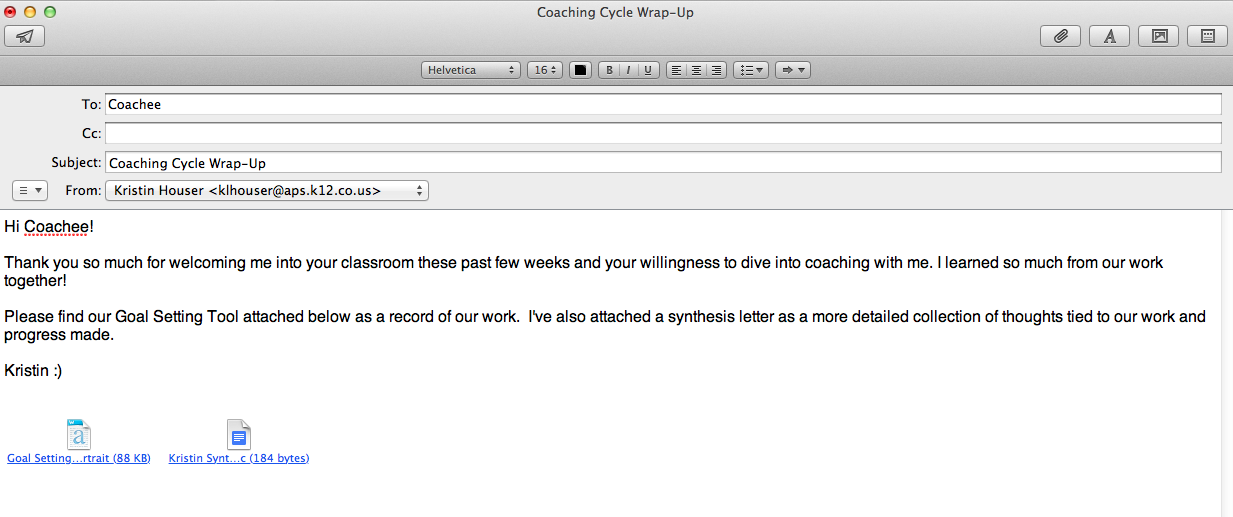 You may have noticed from my example email above that I also send along a coaching synthesis/feedback letter. This is an amazing idea I got from a coaching friend of mine in a neighboring district. Thanks Lexi! You can go into more detail, but here is an example of what one might look like:
You may have noticed from my example email above that I also send along a coaching synthesis/feedback letter. This is an amazing idea I got from a coaching friend of mine in a neighboring district. Thanks Lexi! You can go into more detail, but here is an example of what one might look like:
As with student learning, closure in adult learning is important.
Reflection solidifies learning and helps clarify important next steps and new questions.
I hope this post has provided a handy, dandy visual guide for how to wrap-up your own coaching cycles as this year comes to a close.
Thanks for reading,
![]()

